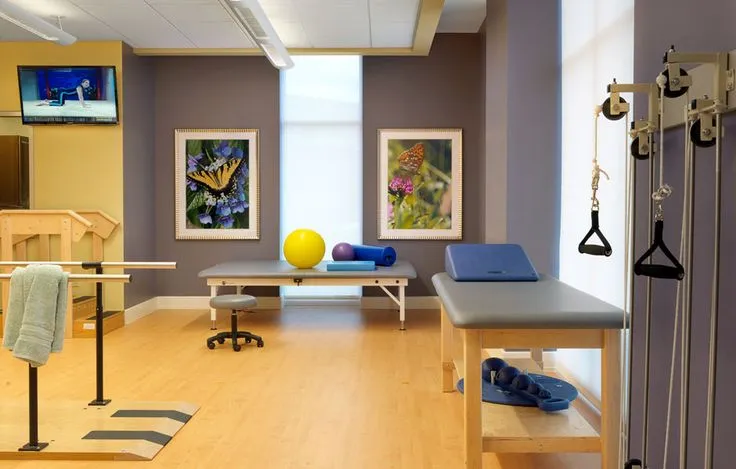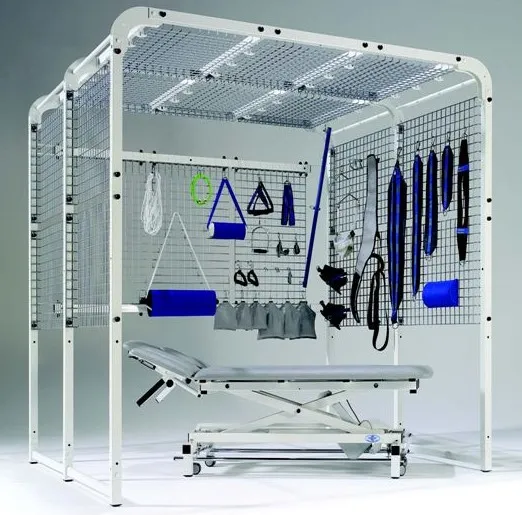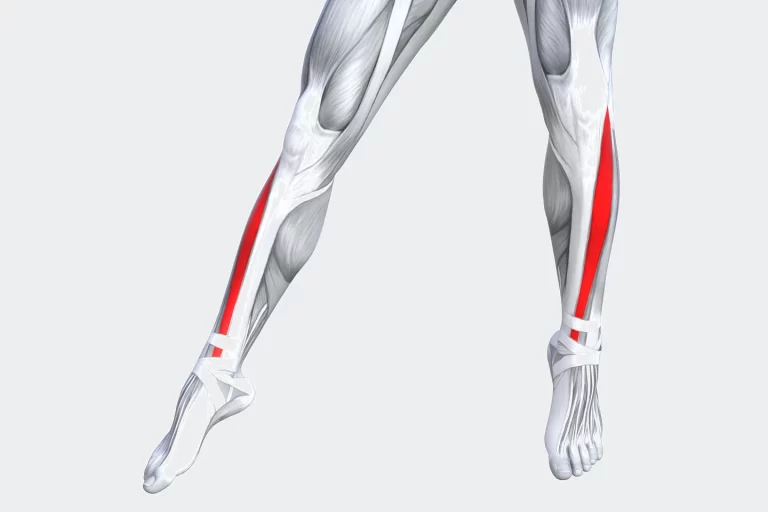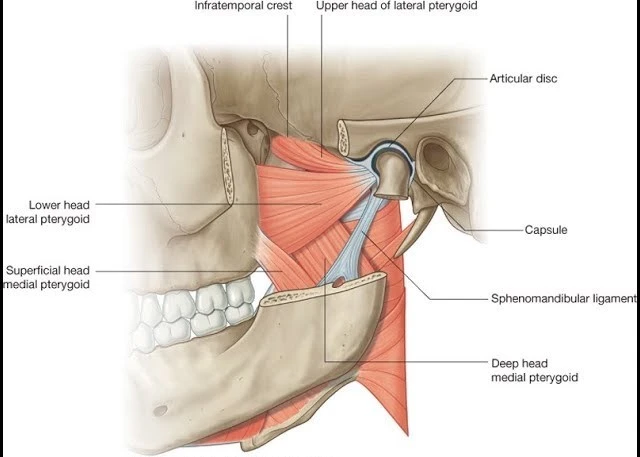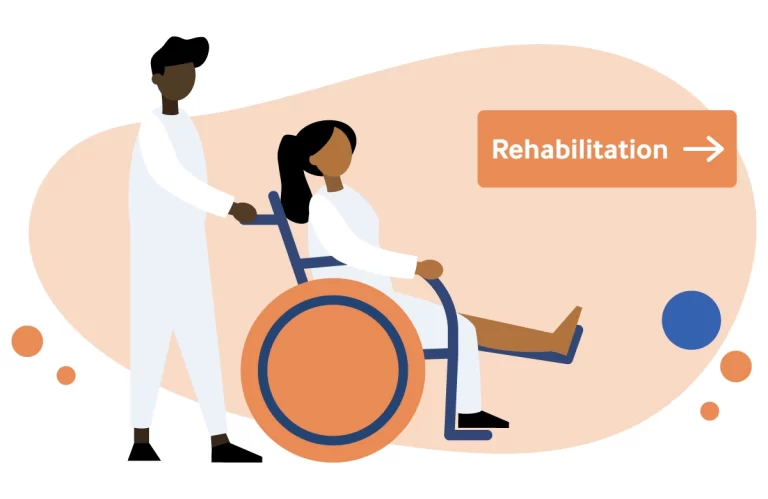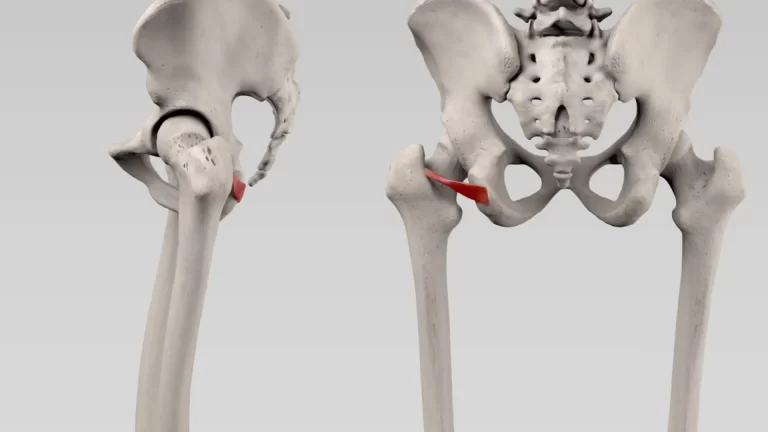List Of Physiotherapy Equipment In Physiotherapy Clinic
Physiotherapy clinics play a crucial role in enhancing the well-being of individuals by offering a range of therapeutic interventions. These clinics are equipped with various specialized tools and equipment designed to aid physiotherapists in delivering effective treatments. The availability of advanced physiotherapy equipment not only ensures accurate assessments but also contributes to the overall success of rehabilitation programs.
In this article, we will explore a comprehensive list of essential physiotherapy equipment commonly found in modern clinics.
Introduction
For many patients, physiotherapists are the first responders when it comes to improving mobility, regaining movement, and reducing pain. the center of your occupation? Using physical therapy equipment effectively and efficiently.
You have a huge and diverse toolkit that includes everything from basic fitness balls and resistance bands to cutting-edge techniques like electrical stimulation equipment. But how well-versed in your instruments are you? Maintaining current knowledge of the newest tools and knowing how to utilize them effectively is essential in an area that is always changing, like this one.
Whether you’re a seasoned practitioner or a novice, this thorough guide will cover the 23 most often-used pieces of equipment that every physiotherapist should be familiar with.
This list serves as a reference and reminder, including the goals, strengths, and best practices for each tool. We will guide you through everything you need to make sure you’re utilizing your equipment to its fullest capacity to promote the best patient results, from time-tested mainstays to the newest advancements.
Now let’s get started and investigate the essential tools that influence your daily interventions as a physical therapist.
List Of Physiotherapy Equipment In Physiotherapy Clinic
When it comes to advice on the best exercises and physical therapy equipment for you, your therapist is a valuable resource. To help you continue working on specific exercises or activities at home, they could advise you to look for equipment that is comparable to what you use at the clinic.
You can look through this list of the best at-home physical therapy tools to help support the recommendations from your therapist. We’ll start with the most well-liked products and go into instruments that are particular to the nervous system and muscles later on the list.
These are a few of the most often-employed physical therapy instruments:
Exercise Balls
Exercise balls for physical therapy
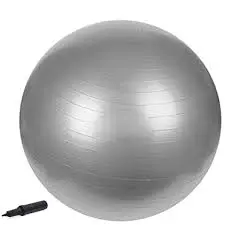
Exercise balls, often referred to as Swiss balls or physio balls, are among the most widely used equipment in physical therapy and have several advantages. They are excellent for avoiding back discomfort, strengthening muscles, and enhancing posture. Exercise balls are frequently used to promote balance, joint stability, and core activation because of their shape and inflated construction.
They also come in varying sizes; a larger exercise ball may be harder to stabilize but may also require more room, whilst one that is smaller will be easy. Exercise balls serve several purposes as they may be utilized for difficult workouts that you can perform both at home alone and at the clinic with your therapist.
Resistance Bands
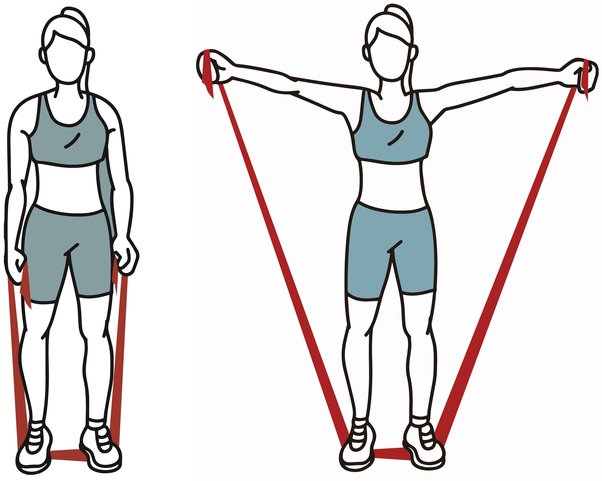
Affordable and efficient resistance bands
Resistance bands are an additional low-cost and useful physical therapy item that you may use outside of your physical therapy office. Whether you’re performing a complete exercise, need to stretch, or are just seeking for a challenge, they provide several advantages.
To continue building strength, a workout routine has to be made more challenging, even with a simple set of resistance bands. Depending on the kinds of workouts you plan to use them for most, you may buy them as long bands or loops. They are frequently offered in sets with varying resistance levels.
Resistance bands allow you to target smaller, more targeted muscles, such as the rotator cuff, that are typically harder to reach with standard exercises. Once more, use caution and stick to your PT’s recommended safe list because overstressing the rotator cuff can lead to more damage.
Foam Rollers
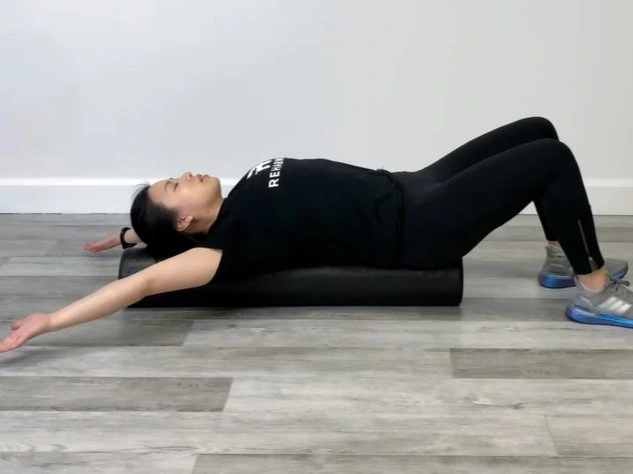
Foam rollers for physical therapy
By releasing tension and stiffness in the muscles, foam rollers can assist in improving the range of motion and lessen discomfort in the muscles. Foam rollers are reasonably priced and available in a variety of sizes and forms.
Buying a low- to medium-density foam roller without knobs and ridges is usually advised if you are new to foam rolling or are extremely sensitive to intense pressure or massage. These are straightforward yet useful physical therapy instruments that are mostly used to increase the range of motion but may also be utilized in conjunction with core stabilization exercises.
Strength-Building Physical Therapy Tools
You can experiment with some basic physical therapy equipment that will help you gain strength when your therapist decides you’re ready to incorporate resistance training into your routine. When utilizing these products, use extra caution to avoid pushing yourself too hard and aggravating any existing pain or injury.
The following well-liked physical therapy instruments aid in strengthening:
Grip Trainers

In addition to being essential for performing everyday functional tasks like lifting and carrying, grip strength helps you become more independent by improving your ability to grab items. Functional grip strength often serves as a general health indicator. For this reason, those who experience grip issues must learn how to make it stronger. Grip trainers are a fantastic tool for strengthening, developing, and regaining muscle.
Cuff Weights
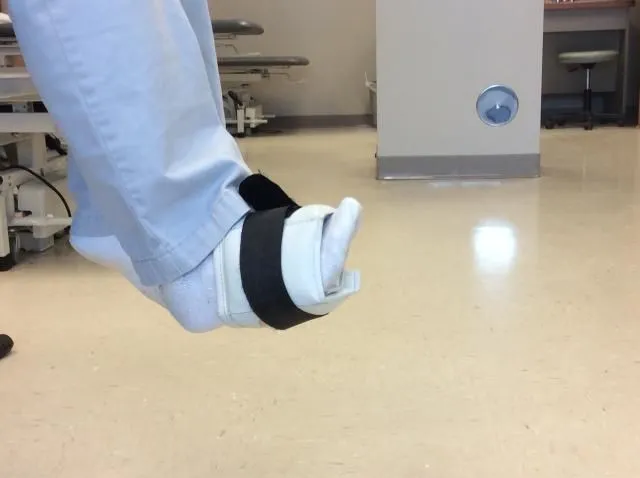
You may increase your strength by attaching adjustable cuff weights to your wrists or ankles. They gradually increase resistance so you may up the ante on your workouts. A single additional pound of resistance can have a significant impact.
Even those with impaired hand or grip function can utilize the weights for strength training since they can be wrapped around their wrists or ankles. Make sure it’s safe for you to add additional weight by seeing your physical therapist before doing so.
Weighted Medicine Balls
The use of weighted medicine balls helps enhance strength, balance, posture, and coordination. To make any traditional strength or core workout more challenging, they might add extra weight to it or throw with a partner during a balancing activity. Because weighted medicine balls come in a range of sizes and weights, it’s crucial to think about the kinds of workouts you may perform with them.
Dumbbells
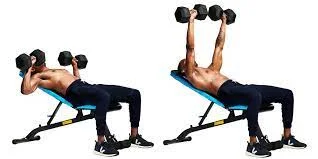
Dumbbells may be used to conduct complex exercises that engage several muscles in your body and help build your muscles. The weight you need or want will determine how many you should purchase. For example, using two dumbbells can help you enhance resistance for various exercises in physical therapy. You may also get a single set of dumbbells that let you swap out the weight to fit your demands, albeit they are more costly.
Treadmill
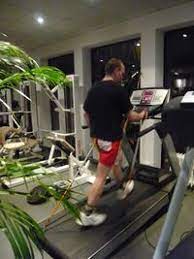
Physiotherapists find treadmills to be extremely useful instruments since they provide a safe and regulated setting for evaluating, treating, and recovering their patients with musculoskeletal and mobility problems. With their ability to precisely alter resistance, inclination, and pace, they allow therapists to customize workout regimens to meet the unique requirements and skills of each patient.
Treadmills assist patients in regaining strength, enhancing functional mobility, and improving balance in a safe and controlled way by mimicking different walking or running circumstances. Additionally, they let physiotherapists keep an eye on their patients’ gait patterns and biomechanics, allowing for real-time feedback and modifications to maximize the results of therapy.
Treadmills provide users with a practical and efficient form of exercise that is readily adjustable as their fitness level increases, resulting in long-lasting gains to their health and well-being.
Stationary Bicycle

A low-impact way to strengthen muscles, promote joint mobility, and improve cardiovascular health is to ride a stationary bike.
These bikes give physiotherapists a flexible way to create personalized therapy programs that meet patients’ different abilities and recuperation objectives. They facilitate the safe evolution of activity levels by giving therapists the ability to prescribe and regulate exercise time and intensity.
Static bikes are a great rehabilitation alternative for clients, especially for those with weight-bearing, back, or lower limb constraints, since they enhance circulation and muscle tone while easing joint pain.
Balance Boards
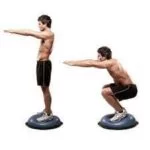
Balance boards test and enhance a person’s coordination, proprioception, and stability.
These dynamic, adjustable platforms provide physiotherapists with a safe way to evaluate and treat impairments in a patient’s functional mobility and balance, which are vital for healing from a variety of operations or accidents. With their assistance, clients can acquire confidence and control over their motions as therapists can gradually raise the complexity of the exercises.
Patients can increase their strength and stability enjoyably and engagingly with the help of balance boards. Balance boards are an important tool for clients of all ages and fitness levels on their road toward greater health and independence since regular usage may result in enhanced core strength, improved posture, and a decreased chance of falls.
Therabands

Resistance bands, often called therabands, are a vital instrument in physical therapy because of their adaptability, mobility, and efficiency in promoting rehabilitation activities.
Physiotherapists may precisely adjust the tension and complexity of exercises by using Therabands to customize resistance training to the unique requirements and abilities of each patient. Because of this customization, muscles may be safely and gradually strengthened without putting unnecessary strain on joints.
Therabands are practical and easy to use for patients, enabling them to carry out recommended exercises at home and encouraging regular participation in their recovery regimen. Because they are small and light, patients may easily incorporate them into their daily routines at work, home, or on the go, enabling them to take an active role in their health and rehabilitation.
Pedal Exercisers
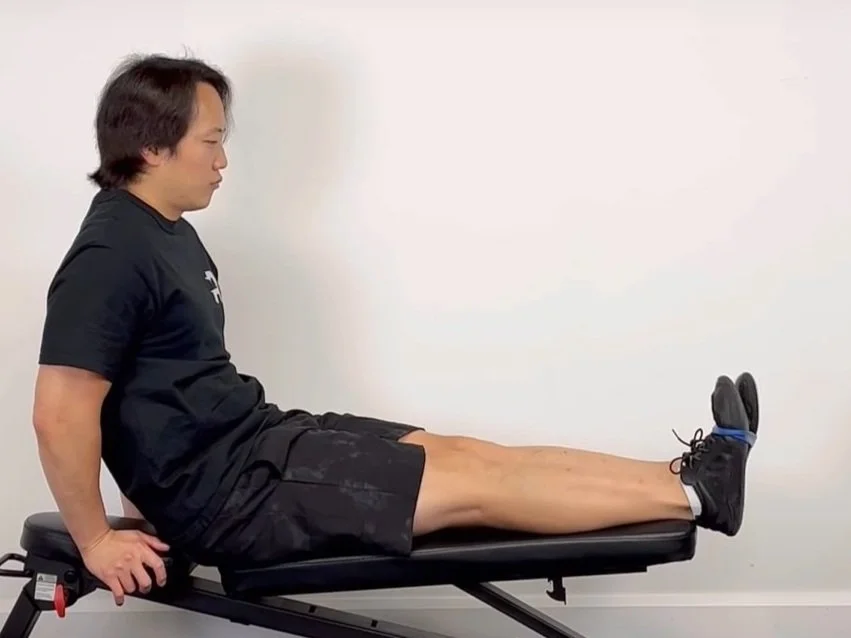
Pedal exercisers are lightweight, portable equipment intended to provide an easy and effective means of performing resistance and cardiovascular exercises with little to no impact.
Without needing a large amount of room or setup, these instruments are extremely helpful in the rehabilitation of patients who have lower limb weakness or mobility limitations because they allow for a controlled and concentrated approach to strengthening and increasing circulation.
Because they can be utilized while sitting, pedal exercisers are a great choice for people who struggle with balance or have trouble standing for extended periods of time. They are also useful for home usage, enabling patients to continue and advance in their recovery process and improving their independence and general quality of life.
Hand Grippers
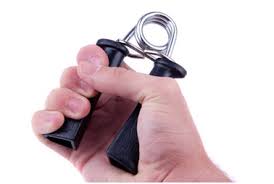
Specialized equipment called hand grippers are made to increase forearm and hand strength, which is necessary for a lot of daily tasks.
A simple and quantifiable method for evaluating and improving a client’s grip strength—a crucial component of total hand function—is to use hand grippers. With their aid, therapists can provide targeted workouts to aid patients in rebuilding their strength following operations, injuries, or ailments such as arthritis or carpal tunnel syndrome.
Hand grippers are a lightweight, practical item that clients may readily include in their everyday activities to encourage constant adherence to their rehabilitation plan. Frequent usage can result in better hand function, more dexterity, and less discomfort, enabling people to regain the confidence and ease necessary to carry out daily duties and improve their quality of life.
Parallel Bars
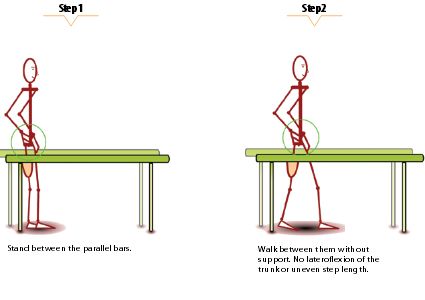
In rehabilitation settings, parallel bars are an essential instrument that patients use to practice walking, balancing exercises, and functional movements. They offer stability and support throughout these activities.
Following an accident or surgery, these bars provide a secure and regulated setting for evaluating and improving a patient’s mobility, balance, and ability to support their own weight. They make it possible for therapists to stand by their clients during this crucial stage of rehabilitation, giving advice, correcting alignment, and giving them physical support.
With the comforting and safe framework that parallel bars provide, clients can restore confidence in their ability to move. For patients moving from restricted mobility to independent walking, they offer a vital stepping stone.
Suspension Training Systems
Innovative equipment like suspension training systems, like TRX, use gravity and body weight to enable a variety of workouts.
These devices provide customers with a flexible and compact way to enhance their core stability, strength, flexibility, and balance.
They make it simple for therapists to tailor workouts to the unique demands and advancements of each client, making them appropriate for people of all fitness levels. Suspension training systems provide patients with a novel, entertaining, and incredibly successful way to improve their fitness and recuperation.
These workouts promote functional movement patterns, which are necessary for both daily tasks and training for a particular activity.
Crucially, suspension training assists clients with retraining their bodies in a safe and demanding manner by emphasizing smooth, controlled motions.
Few Important Physiotherapy Equipment
Ultrasound Therapy Equipment

Ultrasound treatment equipment is used to treat conditions It is useful in decreasing pain and inflammation.
- Ligament Sprains
- Muscle Strains
- Tendonitis
- Joint Inflammation
- Plantar fasciitis
- Metatarsalgia
- Facet Irritation
- Impingement syndrome
- Bursitis
- Rheumatoid arthritis
- Osteoarthritis
- Scar Tissue Adhesion
Electrical Muscle Stimulation (EMS) Machine
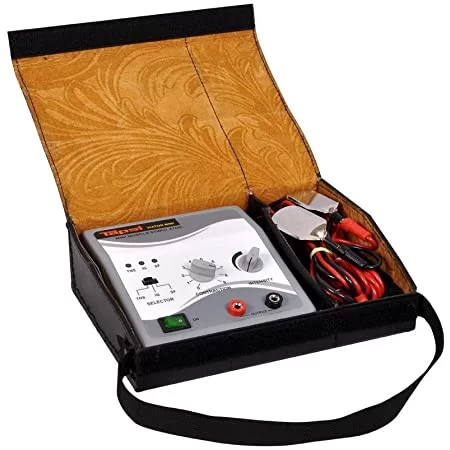
used to stimulate, strengthen, and reinforce weak muscles in situations like, for example
- Muscle dystrophy
- Functional paralysis
- Severely damaged muscles post an accident etc.,
wherein general exercise may be detrimental as it might hurt and impair muscles’ ability to mend themselves. Motor nerves are the target of low-voltage stimulation.
Interferential Therapy Equipment (IFT)
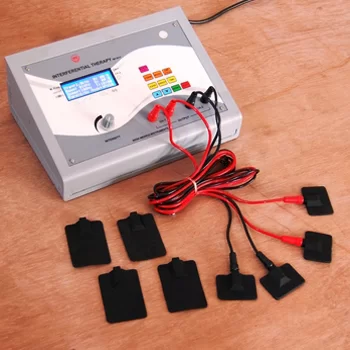
IFT equipment is used to treat because it effectively promotes blood circulation and speeds up the healing process by activating “endorphins.”
- Muscular and circulatory disorders
- Cumulative trauma disorders
- Post orthopedic surgeries
- Joint stiffness
- Inflammation, edema & body pains, etc.
Studies indicate that using Interferential Therapy Equipments (IFT) reduces the risk of postoperative complications significantly when compared to using prescription drugs alone to manage pain.
Long-Wave Diathermy (LWD) Machine

Long-wave Diathermy (LWD), sometimes referred to as Capacitive and Resistive Electric Transfer Therapy, is a therapeutic heat treatment that significantly increases muscle flexibility by raising body temperature and increasing soft tissue extensibility. It also causes vasodilation, which enhances blood circulation.
LWD equipment is mostly used to treat
- Long-Wave Diathermy (LWD) Machine
- Musculoskeletal injuries
- Tendinitis
- Low back pain
- Myalgia
- Arthrosis
- Bursitis
- Ligament injuries
- Ankle distortion, etc.
Both a smaller and a greater region may be treated with longwave than with shortwave.
At reasonable costs, HMS Medical Systems offers a wide range of physiotherapy equipment in India. We offer the most up-to-date methods and top-notch physiotherapy tools to treat any physical deformity.
LASER Therapy Equipment
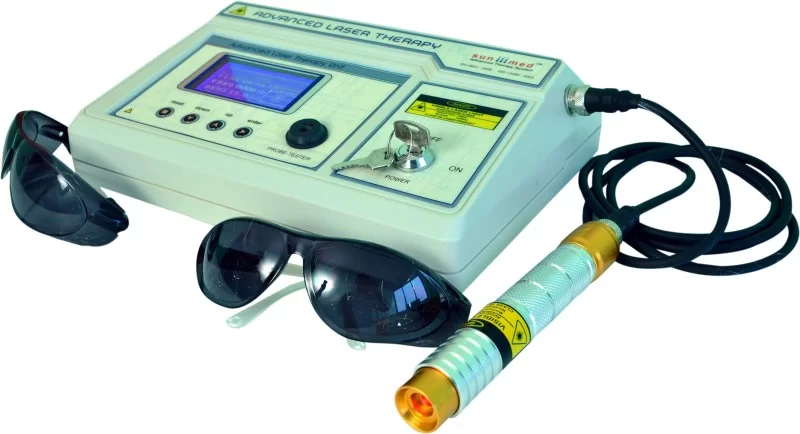
The primary purposes of laser treatment equipment are pain relief, increased range of motion, and optimum restoration of bodily functioning.
This equipment can be used to treat:
- Physiotherapy Equipments
- Muscle tension
- Back pain, shoulder pain, hip and knee pain
- Sprains, strains, and soft tissue swelling
- Tendonitis/bursitis
- Tennis and golf elbow
- Skin treatment
- For Nerve regeneration
- For Diabetic wound healing
Exercise Therapy Equipment
Physiotherapists employ many types of equipment to treat diseases related to the muscles and bones. The primary purposes of exercise therapy equipment are muscular strengthening and increased range of motion.
HMS Medical Systems offers equipment for exercise rehabilitation, such as:
- Traction Table
- Shoulder Wheel
- Supinator Pronator
- Ankle Exerciser
- Training Ladder & Stairs
- Physio Balls & Bands
Overview
Physiotherapy is quite helpful when it comes to the comprehensive management of many illnesses, injuries, and disorders. It aids in the management of these problems’ symptoms as well as the enhancement of function, strength, endurance, and range of motion in the afflicted regions. Physiotherapy plays an increasingly important role in controlling stress and other lifestyle-related diseases including anxiety, back pain, stress headaches, neck pain, obesity, and so on, especially in light of the extremely hectic lifestyles we lead today.
Various kinds of equipment are used to deliver physiotherapy treatments. Some of this equipment is used at home during in-home physiotherapy sessions, while some of it is utilized in clinics and hospitals.
Having the proper physiotherapy equipment is essential to maximizing recovery and extending a person’s period of health.
FAQs
What are the tools used in physiotherapy?
Physiotherapy Equipment Types and Applications | Portea
Common physiotherapy equipment for range of motion includes walking canes, such as quad, forearm, and white canes. crutches such as forearm, platform, and axillary crutches. walkers such as Knee Walkers, Rollators, etc.
What is the full form of SWD?
Physical therapists commonly utilize microwave diathermy (MWD) or shortwave diathermy (SWD) to treat musculoskeletal disorders. The rise in tissue temperature is connected to the mechanisms of action of these devices.
What are IFT and TENS?
Interferential therapy (IFT) and transcutaneous electrical nerve stimulation (TENS) have become standard treatments for a variety of acute and chronic pain conditions.
What is ultrasonic physiotherapy equipment?
How Physiotherapy Uses Therapeutic Ultrasound Devices…
Professionals and physiotherapists utilize therapeutic ultrasound devices to treat pain issues and encourage tissue recovery. Ultrasound treatment treats problems such as runner’s knee and muscular strains by using sound waves that are outside the human hearing range.
Why is TENS used?
One non-invasive peripheral stimulation method for pain relief is transcutaneous electrical nerve stimulation or TENS. To stimulate the underlying nerves, TENS uses pulsed electrical currents applied over the skin’s intact surface.
References
Types of Physiotherapy Equipment and Their Uses | https://www.portea.com/physiotherapy/common-physiotherapy equipment/
The Most Important Physical Therapy Equipment: Expert Advice. Flint Rehab. https://www.flintrehab.com/physical-therapy-tools/
The 23 Most Common Physical Therapy Equipment. WriteUpp Blog. https://www.writeupp.com/blog/physical-therapy-equipment

